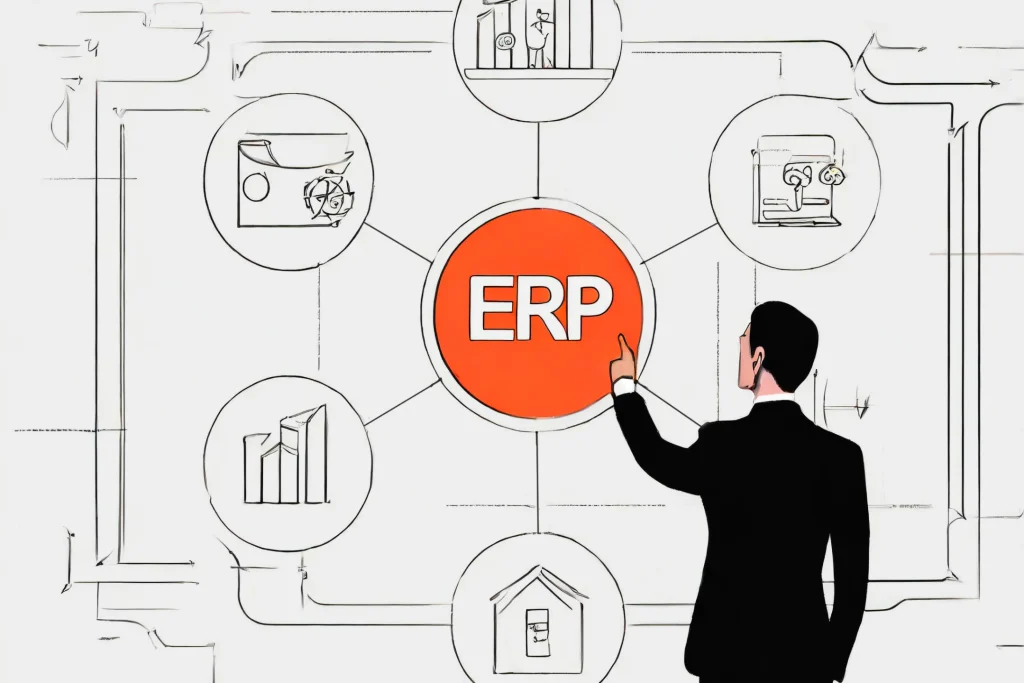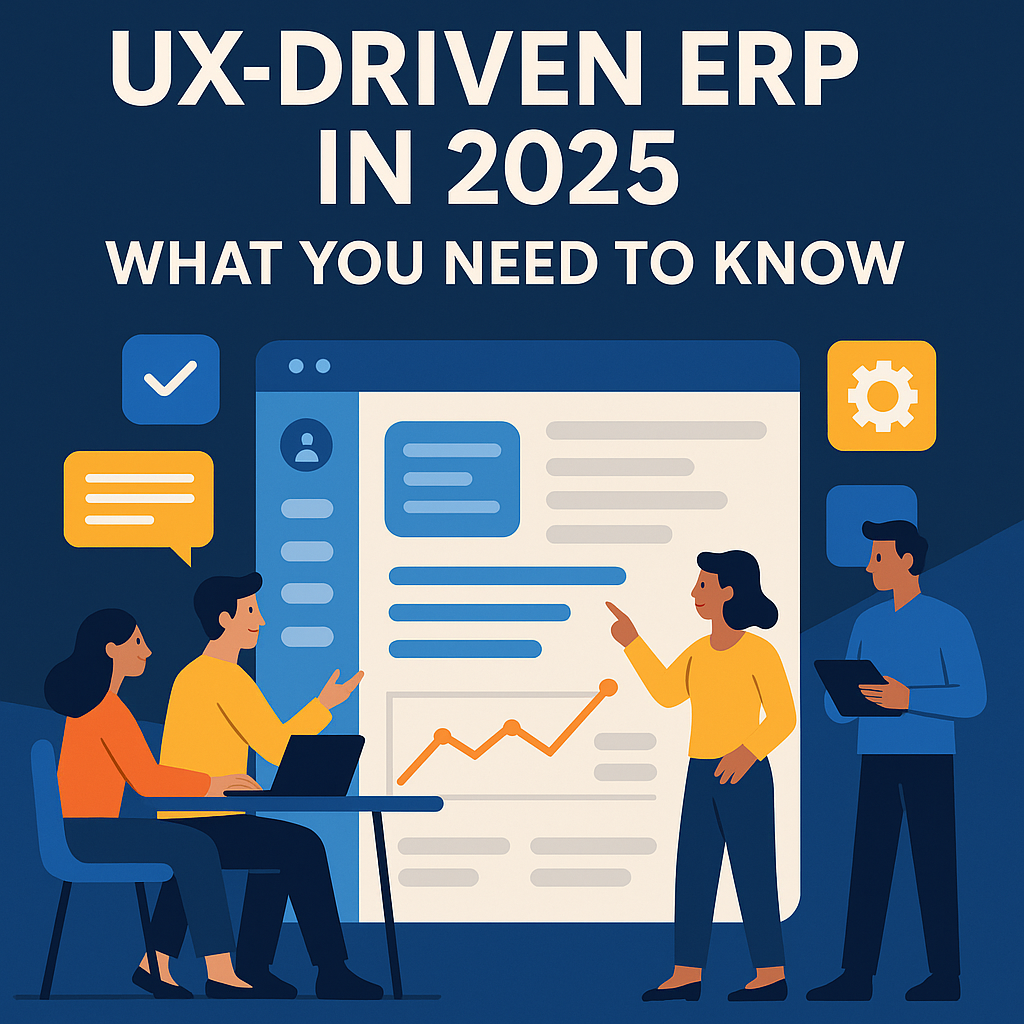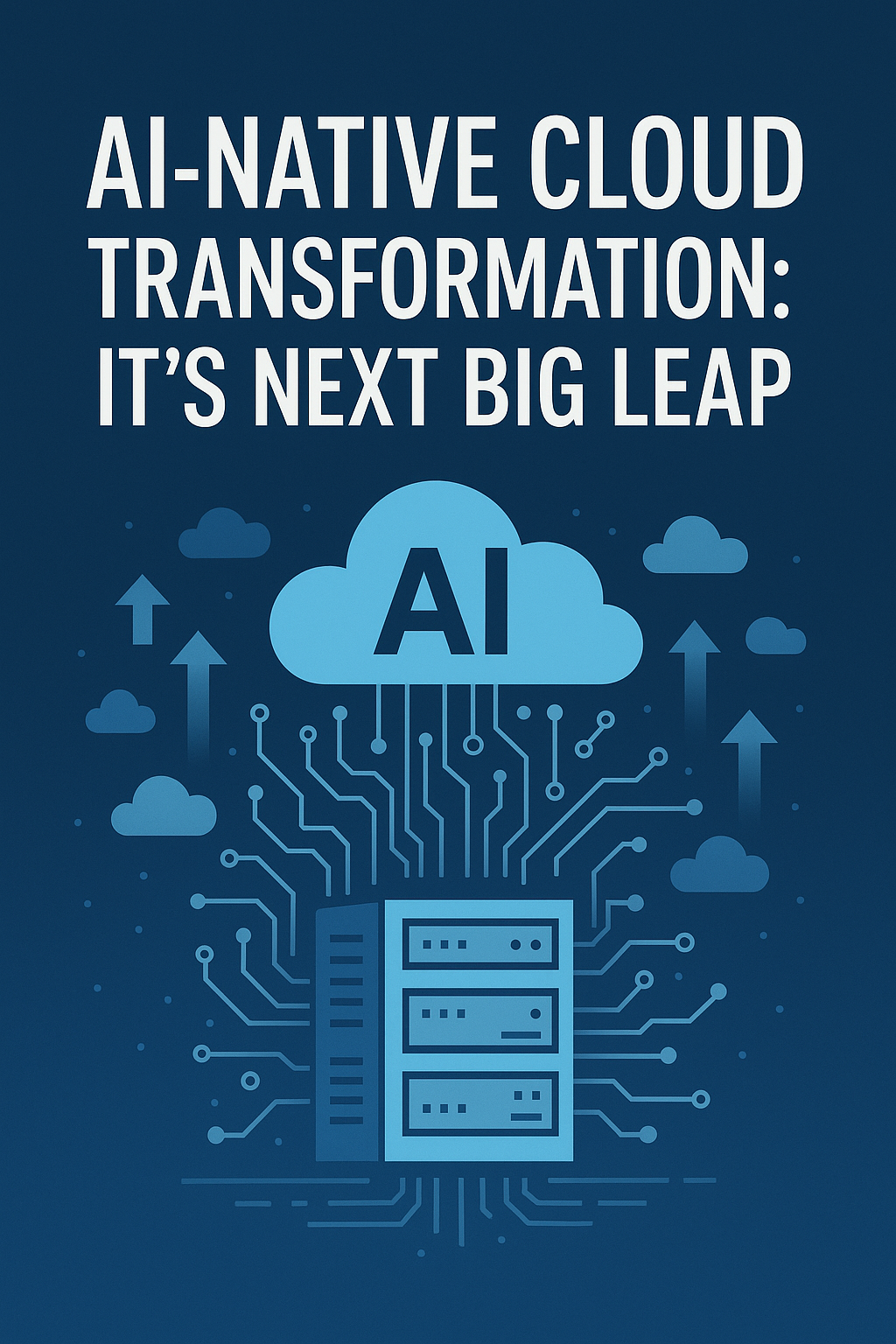UX and ERP are no longer separate conversations. In 2025, user experience isn’t a layer on top of your ERP system—it’s the core of how it functions. The days of clunky dashboards, long training manuals, and poor adoption are fading. Instead, we’re entering an era where ERP platforms are built around human needs.
This transition matters more than ever. Companies investing in digital transformation are finding that functionality alone isn’t enough. A feature-packed ERP system means little if people can’t—or won’t—use it. That’s why UX and ERP have become inseparable in the roadmap for modern business systems.
From small manufacturers to multinational enterprises, everyone is asking the same question: How can we make ERP work better for the people who use it every day?
Let’s explore the 10 key techniques driving this transformation in 2025.
1. UX and ERP Start with Role-Based Simplicity
UX and ERP innovation often begins with one principle: make it personal. Role-based dashboards let each user see exactly what they need—nothing more, nothing less.
A warehouse supervisor doesn’t need the same interface as a CFO. By tailoring dashboards based on user roles, modern ERP systems reduce noise and confusion. It becomes easier to focus, faster to act, and less frustrating to navigate. This design philosophy improves task accuracy, reduces training needs, and fosters adoption across departments.
2. UX and ERP Benefit from Low-Code, No-Code Tools
UX and ERP flexibility now extends to configuration. Teams can customize workflows, design reports, and even build new features—all without writing code.
In 2025, ERP vendors offer drag-and-drop interfaces that empower operations staff to automate approvals, modify forms, or adapt processes. You no longer need to wait for developers to make simple changes. The result? Teams move faster, systems evolve naturally, and users feel in control.
This empowerment is a cornerstone of human-centric design.
3. UX and ERP Go Wherever the User Goes
ERP systems used to be stuck on desktops. Today, UX and ERP mobility is essential. Whether your team is on the factory floor, visiting clients, or working remotely, they need access—anytime, anywhere.
Mobile-first ERP platforms offer responsive interfaces that adapt to smartphones, tablets, and wearables. Push notifications alert managers to approve urgent requests. Inventory teams scan barcodes using phone cameras. Finance executives review dashboards between meetings.
This real-time, mobile connectivity makes ERP feel like a companion—not a burden.
4. UX and ERP Integration with AI Means Smarter Decisions
UX and ERP platforms are growing smarter, thanks to AI. But this isn’t just about futuristic tech—it’s about making daily decisions easier.
Imagine an ERP that predicts when stock will run low or when a payment delay might affect cash flow. These insights, generated from historical data, free users from manual analysis. Instead of digging through spreadsheets, employees receive timely suggestions right in their workflow.
AI doesn’t replace people—it helps them act faster and more confidently.
5. UX and ERP Use In-App Guidance to Onboard Effortlessly
Let’s be honest—learning a new system can be exhausting. That’s why UX and ERP evolution now includes smart onboarding.
In-app tutorials, contextual tooltips, and guided workflows help new users learn by doing. Instead of overwhelming them with training videos or PDFs, the system teaches as they go. This hands-on learning keeps momentum high and minimizes friction.
When onboarding feels natural, adoption rises—and so does team confidence.
6. UX and ERP Workflows Now Use Visual Builders
Forget complex code or cryptic menu trees. UX and ERP design in 2025 uses visual builders to create and modify workflows.
Want to set up a new procurement process? Drag, drop, and link actions visually. Need an approval chain for high-value orders? Map it out with icons and arrows. These interfaces simplify logic, encourage experimentation, and remove fear of “breaking the system.”
This visual clarity makes users feel like creators, not just participants.

7. UX and ERP Systems Embrace Seamless Integration
Let’s face it—nobody works in just one system anymore. UX and ERP platforms in 2025 must connect effortlessly to CRMs, email tools, HR software, and supply chain trackers.
The key is smooth integration without technical headaches. Think real-time syncing with Salesforce, Slack updates when invoices are paid, or automatic calendar bookings from project timelines. These integrations turn ERP into a living hub—not an isolated database.
Connected tools lead to connected teams. And connected teams work better.
8. UX and ERP Prioritize Real-Time Collaboration
ERP is no longer just for data storage—it’s for teamwork. In 2025, UX and ERP platforms support live collaboration features.
Users can comment on transactions, tag colleagues for approval, or co-edit reports. Shared task boards and version history features keep teams aligned without switching tools. This collaborative spirit fosters transparency and speeds up decision-making.
When communication happens where the work lives, silos disappear.
9. UX and ERP Now Focus on Inclusive Design
Designing for humans means designing for all humans. That’s why modern ERP systems are incorporating accessibility from the ground up.
Screen reader compatibility, adjustable font sizes, high-contrast modes, and keyboard navigation are now standard features. These tools ensure that every team member, regardless of physical ability or learning style, can navigate the system with ease.
Inclusive design isn’t a side benefit—it’s central to the philosophy of human-centric UX.
10. UX and ERP Are Always Evolving Through Feedback Loops
Here’s the secret behind great UX: it never stops evolving. UX and ERP platforms now include built-in feedback tools—micro-surveys, user behavior tracking, and performance analytics.
Vendors take this data and push updates monthly or even weekly. Navigation becomes smoother. Features adapt to behavior. The interface grows more intuitive with every release.
This ongoing iteration ensures ERP systems don’t just launch well—they stay usable for years to come.
The Bigger Picture: UX and ERP Fuel a New Way of Working
Stepping back, we can see that UX and ERP in 2025 represent more than a tech upgrade. They reflect a mindset shift—one where people come first, not processes.
Companies that embrace this shift are seeing better outcomes across the board: faster onboarding, stronger adoption, fewer errors, and happier employees. Departments stop fighting the system. Instead, they feel supported by it.
When users love their tools, performance improves. It’s that simple.
UX and ERP in 2025 Must Be Human at Heart
At the start and the finish of every transformation, it’s about the people. Systems don’t grow businesses. People do. And if your ERP doesn’t support them—it’s holding you back.
The UX and ERP movement in 2025 is a call to action. Stop building systems for admins. Start building for the warehouse staff, the project manager, the analyst, and the salesperson. Build for humans.
Choose platforms that listen, learn, and evolve. Invest in design that respects time, reduces effort, and brings clarity to complexity.
Because the future of ERP isn’t just efficient. It’s human.




